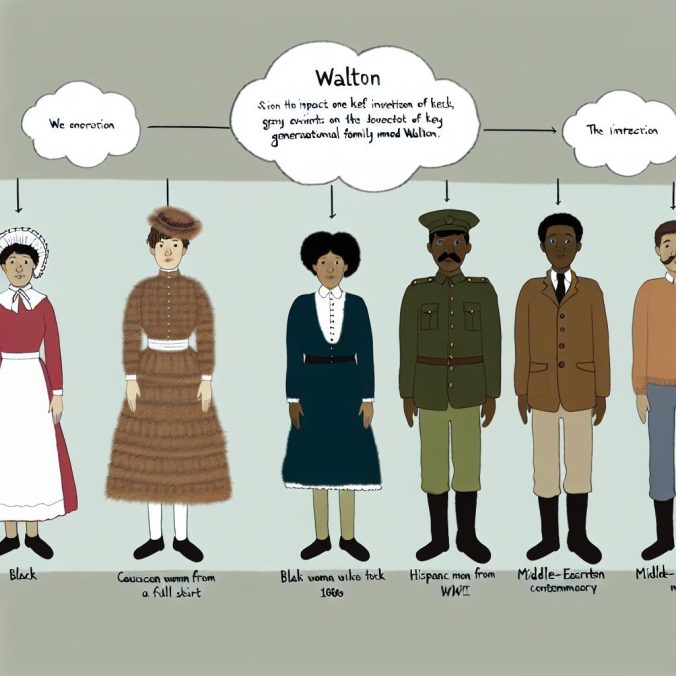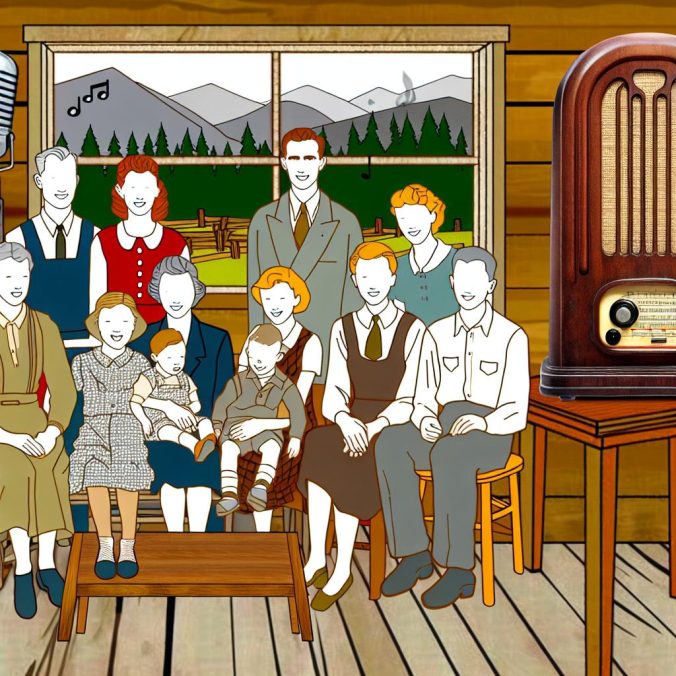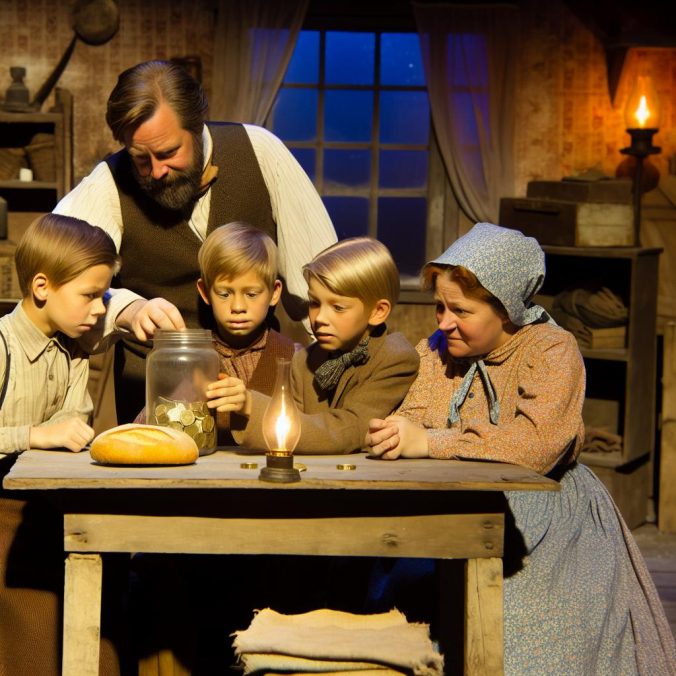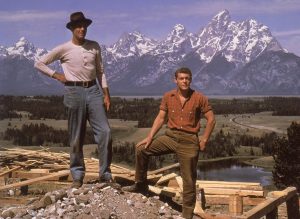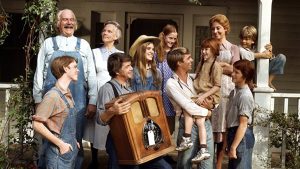The Waltons: A Reflection of Generational Differences
The television series The Waltons, which aired from 1972 to 1981, presents a poignant depiction of life in rural America during the Great Depression and World War II. At its core, the show highlights the generational differences within the Walton family, offering viewers a window into how various age groups navigated the economic, social, and cultural challenges of their time.
Understanding Traditional Values Versus Emerging Ideologies
The series showcases the contrast between the older and younger generations’ values and beliefs. The patriarch and matriarch, Zebulon and Esther Walton, embody traditional values that prioritize family, hard work, and religious faith. Their experiences are rooted in a world that emphasized community reliance and the importance of personal integrity over material wealth.
In contrast, the younger generation, represented by characters like John-Boy Walton, grapples with emerging ideologies. John-Boy, an aspiring writer, often questions the status quo and seeks knowledge beyond the confines of his immediate environment. This desire for personal growth and broader understanding exemplifies the burgeoning sense of individualism that was becoming more pronounced during this period.
The Role of Economic Hardship
The economic struggles depicted in The Waltons highlight how different generations respond to adversity. For the older Waltons, financial hardship is a familiar adversary that requires resilience and communal support. Their ability to adapt and endure is characterized by a stoic acceptance and a preference for tried-and-true methods of survival.
Conversely, the younger Waltons are often portrayed as more willing to explore new avenues for prosperity and fulfillment, reflecting the changing economic landscape of mid-20th-century America. Their inclination to innovate and take risks underscores a growing belief in economic mobility and the American Dream.
The Impact of Technological and Social Change
Within the plotlines of The Waltons, the advent of new technologies and changing societal norms serve as a backdrop for generational tension. For instance, the arrival of electricity and the establishment of radio services present opportunities for the younger generation to connect with the world beyond Walton’s Mountain, leading to changes in perspectives and aspirations.
These advancements are met with hesitation by the older generation, who may view them as threats to established norms and values. The series captures the poignant balance between embracing progress and retaining identity, a dynamic that continues to resonate in modern discussions of generational change.
Exploring Familial Relationships Through Storytelling
The storytelling in The Waltons gives viewers a close look at familial relationships and how they can be affected by societal changes and generational differences. Each episode often revolves around specific challenges or events that the family faces, allowing for rich character development and an exploration of family dynamics.
For instance, the relationship between John-Boy and his father, John Walton Sr., reflects a common generational gap. John Walton Sr. is a man of few words who holds traditional views, while John-Boy is contemplative, yearning to explore the world and discover his own identity. This dynamic highlights the tension and mutual respect that can coexist between different generations, adding depth to their interactions and highlighting the affectionate yet sometimes strained connection between them.
Education and Aspirations
Education becomes a significant theme in the show as it represents an avenue for the younger generation to pursue broader aspirations. John-Boy’s quest for education and desire to become a writer exemplifies his quest for individuality and a career outside the traditional framework established by his predecessors. His journey illustrates the importance of education in personal growth and as a tool for social mobility.
Meanwhile, other characters, including his siblings, experience varying levels of ambition and educational opportunities, reflecting the diverse paths individuals might take based on their goals and family expectations. The show effectively uses these storylines to address the potential conflicts and resolutions that arise when aspirations and realities intersect.
Community and Social Support Structures
A significant element of The Waltons is the portrayal of community and social support systems vital to surviving difficult times. The community around Walton’s Mountain is depicted as close-knit, where neighbors help each other during crises, illustrating a reliance on collective effort rather than individual success. Characters often participate in community events, celebrations, and mutual aid, which reinforces the message that solidarity can be as crucial as individual determination.
This sense of community contrasts with the increasing individualism seen in the younger generation. Through interactions between family members and the surrounding community, the show provides insight into how society functions as a supportive network, offering viewers an understanding of an era when community bonds were essential.
Gender Roles and Evolutions
The series also touches upon the evolving nature of gender roles over time. While traditional expectations often see men working and providing for the family, and women attending to household duties, The Waltons offers storylines that show gradual shifts in these roles. Female characters, including Olivia Walton, showcase a blend of traditional values and modern aspirations, hinting at changing expectations for women during this era.
For instance, various female members of the Walton family aspire to or engage in activities beyond domestic responsibilities, gradually accepting more diverse roles. These changes, while subtle, reflect broader societal shifts toward gender equality and individual choice.
Conclusion
The Waltons remains a significant cultural artifact, shedding light on the complexities of generational differences during a transformative era in American history. By exploring traditional values against the backdrop of societal progress, the show offers a timeless commentary on how families navigate change while remaining united. For further exploration of the themes and characters in The Waltons, consider watching the series for yourself or visiting dedicated fan sites.
The series illustrates that while times change, fundamental human experiences such as love, ambition, conflict, and community are timeless. In depicting the challenges and triumphs of the Walton family, the show remains a relatable and insightful depiction of the struggles and successes that define families across generations.

